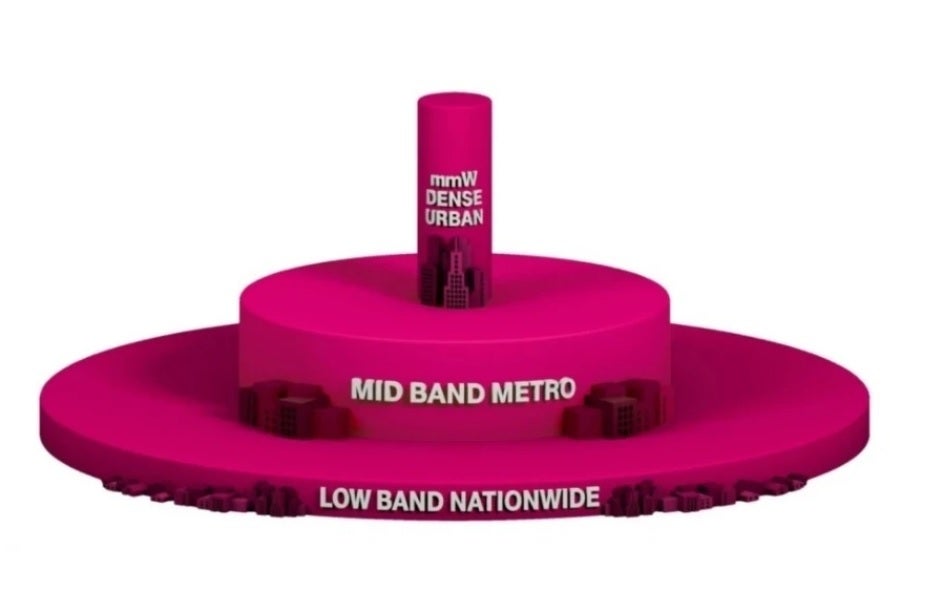Verizon’s high-band 5G service has too many limitations to excite U.S. consumers
We’ve gone over this several times, but just in case you missed it or forgot, most nationwide 5G networks consist of low-band airwaves. That’s because low-band signals travel farther and penetrate structures better than mid and low-band frequencies. The only problem is that low-band delivers download data speeds not much faster than 4G LTE.
T-Mobile is arguably the early 5G leader in the U.S.
Lum, talking about how obstruction can block high-band 5G signals, said, “Once you start going out into the real world where a building, a tree, whatever is going to shadow that signal, then all bets are off. You’re never going to get ubiquitous coverage. It just can’t ever be achieved because it would take so many sites to do.”
Consumers picking up a 5G phone expecting to get fast 5G download speeds everywhere, all the time, are sure to be disappointed
Lum adds, “These beams only go so far because of the frequency band and your phone only has enough juice to go back to the network.” When the signal strength of that mmWave beam starts to weaken, phones automatically switch back to sub-6GHz (low and mid-band), something that Lum had to deal with often in San Diego. He said that in one case he walked 50 feet away from the cell and already dropped off the mmWave coverage.
Verizon and AT&T made the wrong move at first and only T-Mobile got it right. But that doesn’t mean that Verizon and AT&T can’t recover as we are still very early in the 5G game.
For all the latest Technology News Click Here
For the latest news and updates, follow us on Google News.

